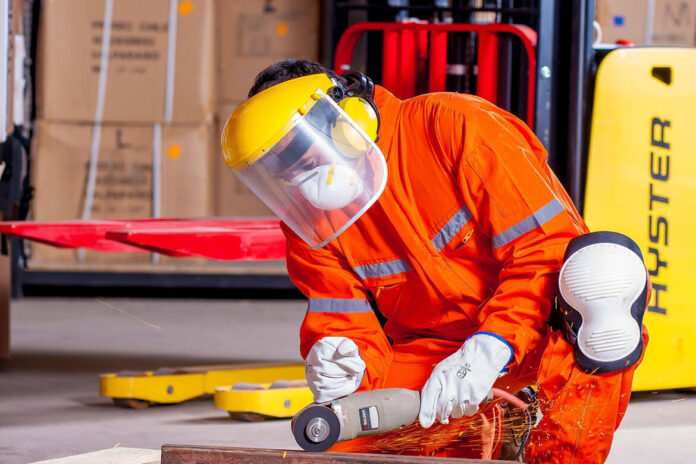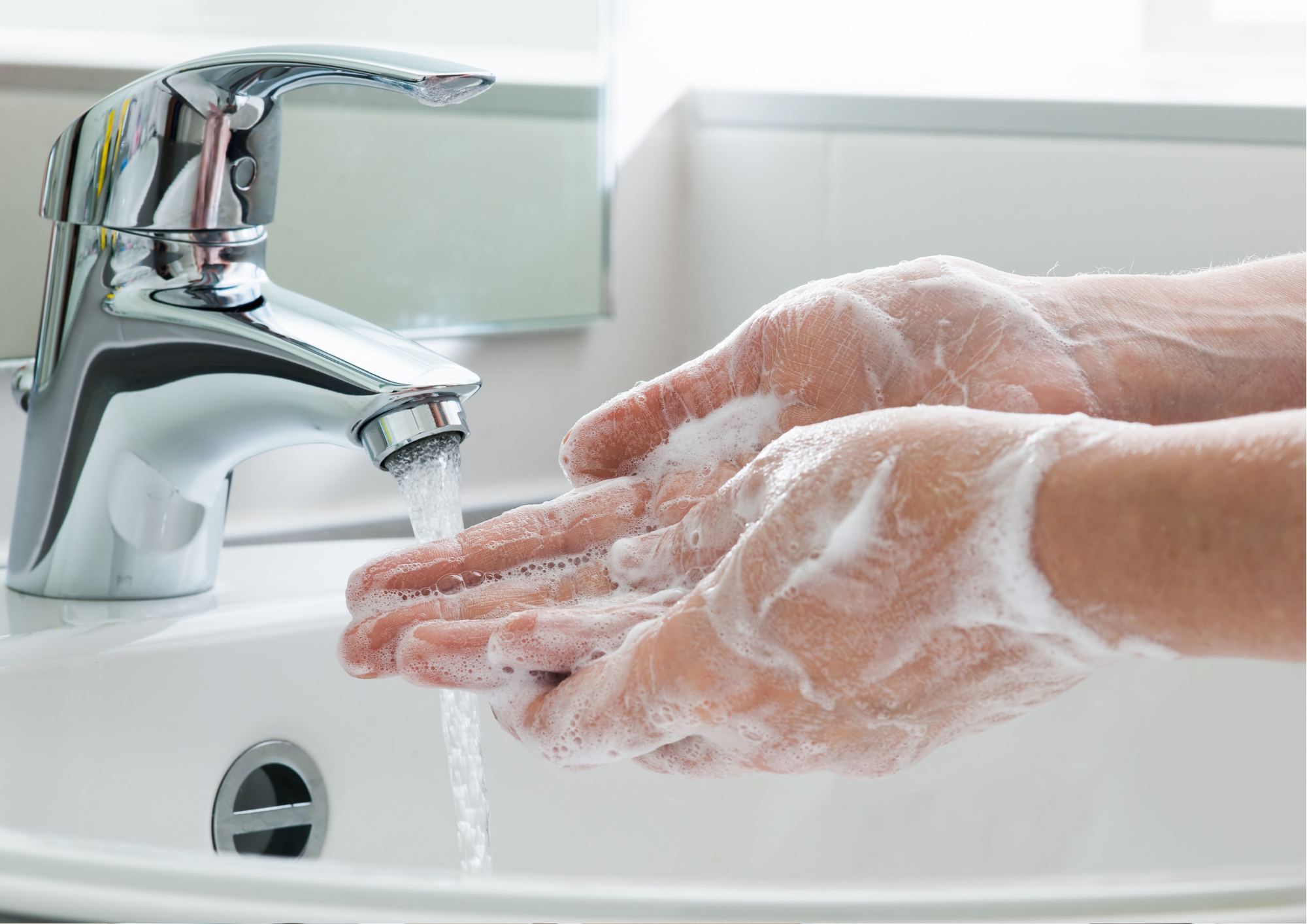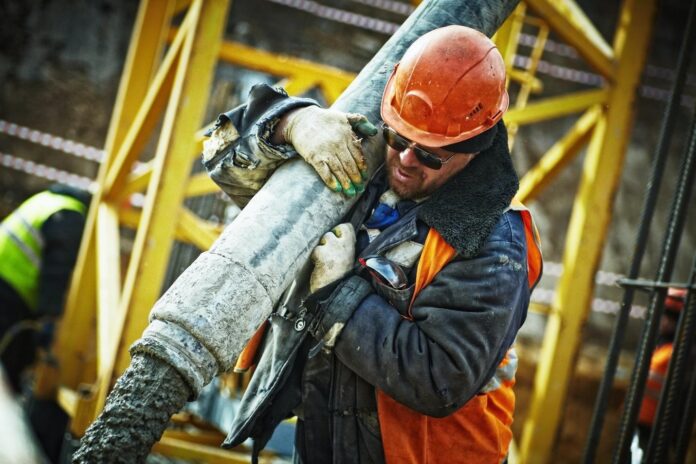Developing the infrastructure that supports our houses, schools, highways, andclass=”id91″ bridges depends heavily on construction workers. However, serious hazards to their health and safety are associated with this profession.
One cannot exaggerate the importance of putting employees’ health and safety first. Workers can reduce their chances of injury and enhance their entire standard of life by taking actions to preserve their physical well-being. Additionally, employees who are healthy and happy produce better results for construction projects and the communities they serve.
In this article, we’ll look at a few feasible approaches for construction workers to maintain their wellness on their job site.
1. Get regular medical checkups

Regular checkups enable employees to identify health issues before they worsen and become more difficult to treat. Construction workers are often exposed to workplace dangers, including dust, chemicals, and noise, which can hurt their long-term health.
A healthcare professional can conduct a physical examination, review the patient’s medical records, and request tests to check for health issues. This can involve, among other things, blood tests and assessments of lung and auditory health. The healthcare practitioner can also offer suggestions on keeping one’s health in good shape and preventing injuries and diseases.
For instance, asbestos exposure among construction workers increases the risk of mesothelioma, a disease that impacts the lining of the heart, abdomen, and lungs. Since mesothelioma takes years to develop, symptoms might only appear once the disease has spread. However, if discovered early, mesothelioma can be managed with the help of surgery, chemotherapy, and other treatments. Employees with mesothelioma can also get compensation by contacting a mesothelioma attorney.
2. Wear protective gear

Protective equipment helps reduce the possibility of injury from falling objects, cutting tools, and other hazards on the job site. Hard hats, protection glasses, steel-toed footwear, gloves, and earplugs are examples of protective equipment examples. This equipment allows workers to complete their tasks more confidently and effectively while lowering the risk of injury.
Wearing protective equipment can also assist in limiting exposure to potentially dangerous elements like dust, chemicals, and noise, which may result in a long-term negative impact on an employee’s health.
Personal protective equipment, commonly referred to as “PPE”, is equipment worn to minimize exposure to hazards that cause serious workplace injuries and illnesses. These injuries and illnesses may result from contact with chemical, radiological, physical, electrical, mechanical, or other workplace hazards. Personal protective equipment may include items such as gloves, safety glasses and shoes, earplugs or muffs, hard hats, respirators, coveralls, vests and full-body suits.
3. Practice good hygiene

This involves taking basic steps such as washing hands regularly, especially before eating or drinking and after using the restroom. Construction workers should also refrain from sharing personal things like towels or water bottles with coworkers to reduce the danger of spreading viruses. They must also throw away used tissues and protect their mouths and noses while coughing or sneezing.
Good hygiene also includes frequent baths and changing into new clothing after a sweaty and dusty workday. It can decrease the occurrence of skin contaminations and other related medical issues by preventing the development of residue, soil, and other debris on the skin.
4. Bring a protein-packed lunch

Protein is important for maintaining and repairing muscles and helping you feel full and content for longer. Preparing a lunch that includes protein-rich food varieties like barbecued chicken, turkey, fish, tofu, beans, and entire grains, vegetables, and good fats, will give your body the energy it requires to sustain a busy day’s work.
5. Take breaks

Taking breaks helps to prevent fatigue, reduce stress, and minimize the risk of injuries. Short breaks of five to ten minutes every hour can be beneficial for physical and mental well-being and can help prevent musculoskeletal disorders.
Longer breaks of 30 minutes or more can help you recharge and stretch your body. Additionally, taking breaks can improve concentration and productivity, as workers can return to their tasks with renewed focus.
6. Avoid repetitive stress injuries
RSIs occur when the same motion is performed repeatedly over an extended period, causing strain on the muscles, tendons, and nerves. To avoid RSIs, construction workers can do the following:
- They should stretch their muscles in their breaks to prevent stiffness and fatigue
- They should use proper techniques when lifting and carrying heavy objects to avoid strain on their back and neck muscles
- They should use ergonomically designed tools and equipment that reduce the strain on their joints and muscles
- They should keep their shoulders relaxed and their spines straight while working to preserve proper posture
7. Stay hydrated
Dizziness, weariness, muscle cramps, and exhaustion are just a few health issues resulting from dehydration. Hence construction workers must drink enough water during the day intentionally. Packing lots of clean water and electrolyte-rich liquids, such as sports drinks or coconut water, to replace lost fluids is one method to achieve this. Even if they don’t feel dehydrated, they must consume sufficient water before, during, and after work.
8. Get enough sleep

Lack of sleep puts construction workers at an increased risk for weariness, which can cause mishaps and injuries on the job site. A weakened immune system is another consequence of sleep deprivation, which makes it simpler for construction workers to fall sick or hurt. Construction workers should prioritize good sleep habits by creating a pleasant and peaceful environment and attempting to maintain a regular bedtime routine. Additionally, workers should avoid consuming caffeine close to bedtime, as these substances can interfere with sleep quality.
Conclusion
It’s essential to prioritize rest and recovery, eat a balanced diet, stay hydrated, wear the appropriate personal protection equipment, and exercise regularly to keep healthy at work. Additionally, taking advantage of mental health resources and seeking support when necessary can also contribute to overall well-being. By implementing these methods, construction workers can sustain high productivity while improving their well-being.







